In Saudi Arabia, Eid al-Fitr marks the end of Ramadan and the beginning of a four-day public holiday. Typically, the break starts in the final days of Ramadan, varying by sector. Government employees and those in education often enjoy the longest holidays, while the private sector may grant shorter breaks. Streets come alive with festive decorations: there are bright lights, colorful banners, and public squares are adorned to mark the occasion.
The Announcement
Eid al-Fitr is declared when the Supreme Court of Saudi Arabia confirms the sighting of the crescent moon, marking the end of Ramadan. The announcement usually follows Maghrib (sunset) prayers on the 29th or 30th night of Ramadan. Local moon-sighting committees monitor the sky, and once verified, the news is broadcast on national television and social media. The declaration triggers a wave of excitement, as Saudis exchange greetings and make last-minute preparations. Phone calls, WhatsApp messages, and social media updates quickly spread the news.
Preparations and Traditions
Once Eid is announced, families rush to complete their preparations. Buying new clothes is customary, symbolizing renewal and cleanliness. Shops and malls become crowded as people purchase traditional attire, chocolates, and gifts. Last-minute shopping often includes sweets and desserts, as well as anything overlooked during Ramadan.
Food preparations are equally hectic, as families plan for gatherings that take place throughout the holiday. In the past, traditional dishes like Kabsa (chicken/meat and rice) and Lamb Mandi were staples of the Eid table. Today, however, restaurants see a surge in business, with many opting to order meals rather than cook. Despite this shift, hospitality remains central. Women prepare large quantities of juices and sweets, often using their best glassware to serve guests. Visiting several homes in one day often leaves guests too full to eat more—a common sight being half-empty glasses left in kitchens. Though some view this as wasteful, it remains culturally expected to offer refreshments.
One cherished tradition is giving Eidiya—monetary gifts presented to children by close relatives. Typically given before Eid or when children visit family homes, it brings great excitement. Children often compare how much they received from different uncles and aunts, joking about who was the most generous.
Eid Prayer
On the morning of Eid, Saudis perform Wudu (ritual ablution) before dressing in their new clothes and applying Ittar(perfume), following the Sunnah of Prophet Muhammad (peace be upon him). The prayer itself takes place outdoors at designated Musallas, open prayer areas marked a day or two before Eid. These spaces are typically set up on vacant lots rather than in mosques, with signs guiding worshippers to the nearest venue.
The prayer consists of a short sermon and two units of prayer, led by the imam. It serves as a rare opportunity for community members, friends, and family to meet and exchange good wishes. Before the prayer, it is mandatory to pay Zakat al-Fitr, a charitable donation to purify fasting and support those in need. Most donations are given in the final days of Ramadan through charities or direct contributions.
Family Visits and Social Gatherings
After the prayer, families gather for breakfast, often featuring traditional dishes like Foul (beans), Shakshouka (eggs), cheese, and a variety of bread. Following the meal, many take a well-deserved nap after the early start. By afternoon, families begin a planned route of visits to relatives, prioritizing the eldest members as a mark of respect. These visits are spread over three days, with the first day reserved for the closest family ties. Elders typically stay at home, expecting visits from younger relatives.
Community and Public Celebrations
Public parks and recreational spaces become vibrant gathering points, especially in major cities like Riyadh, Jeddah, and Dammam. During pleasant weather, families set up picnics, and children enjoy rides and games. These venues are particularly popular among lower-income families, making the most of public spaces. Municipalities often organize fireworks displays and cultural events, adding to the festive atmosphere. In rural areas, celebrations are generally quieter but follow the same pattern of prayer, family visits, and communal meals.
Charity and Generosity
In keeping with the spirit of Eid, charitable activities are prominent. Before the holiday, individuals and organizations distribute food, clothing, and financial aid to those in need. This practice aligns with the Islamic principle of generosity and social responsibility, reinforcing the communal spirit that defines Eid in Saudi Arabia.
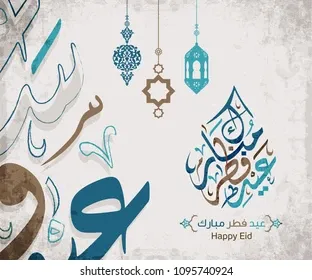
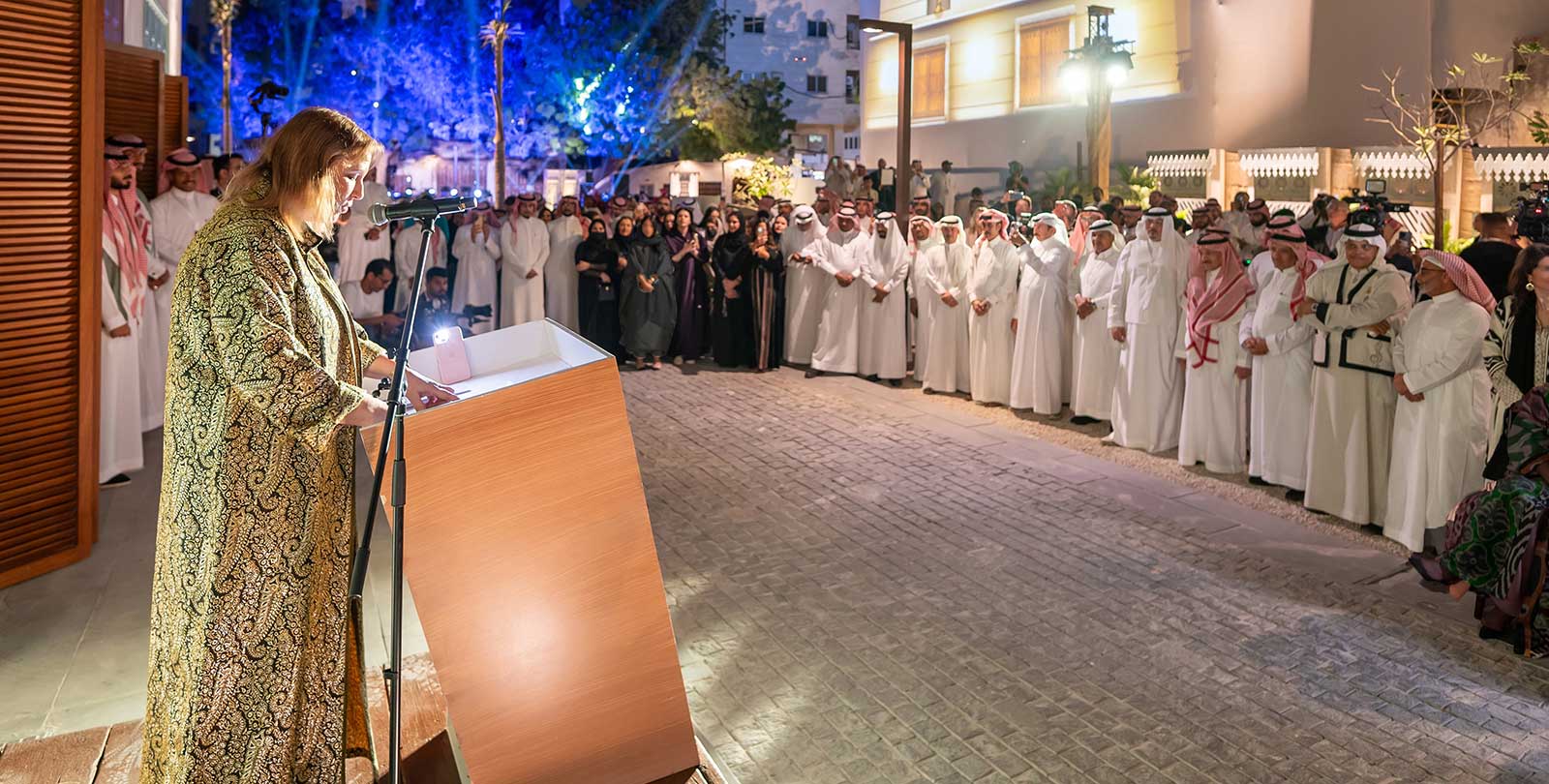
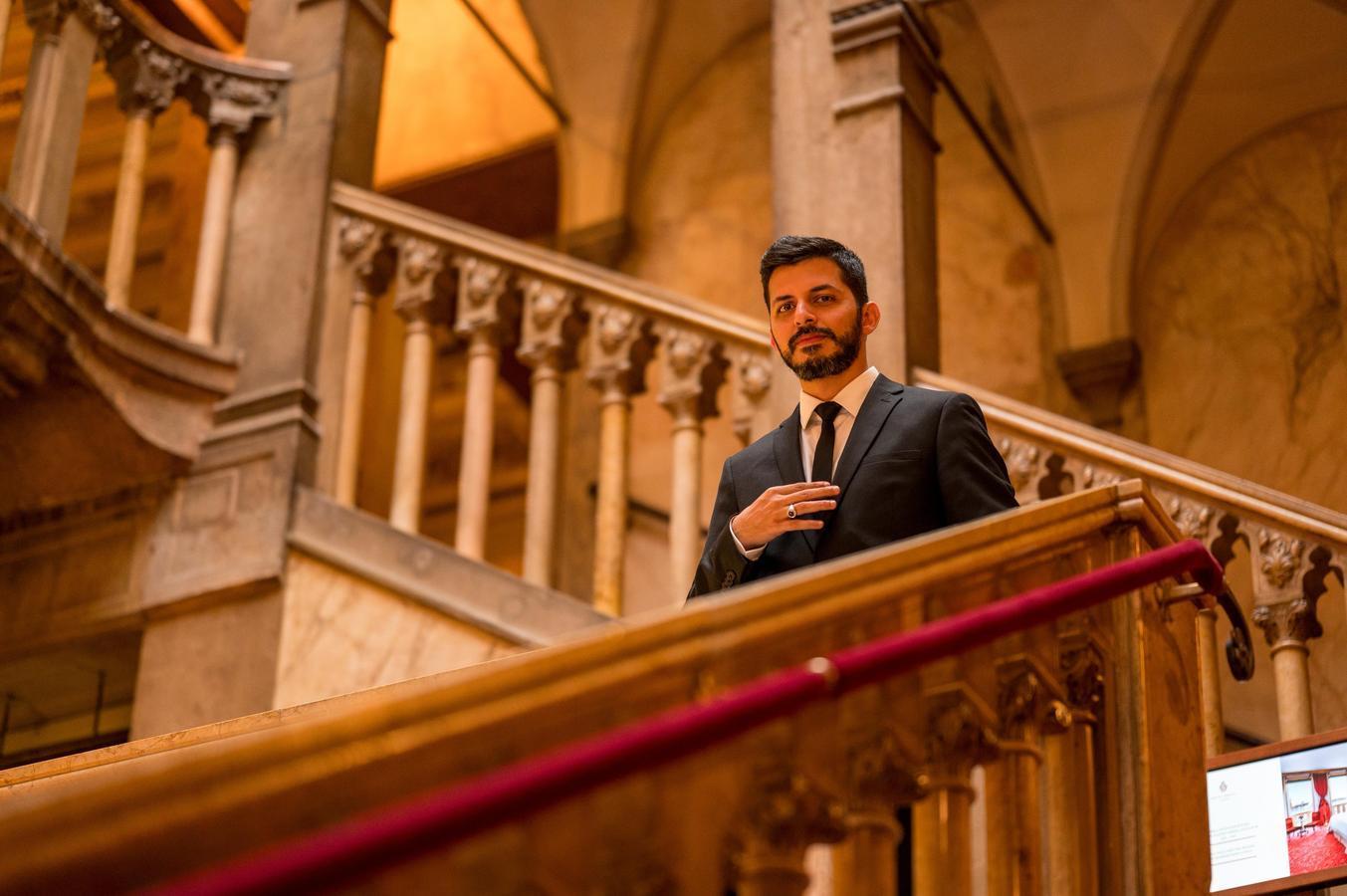
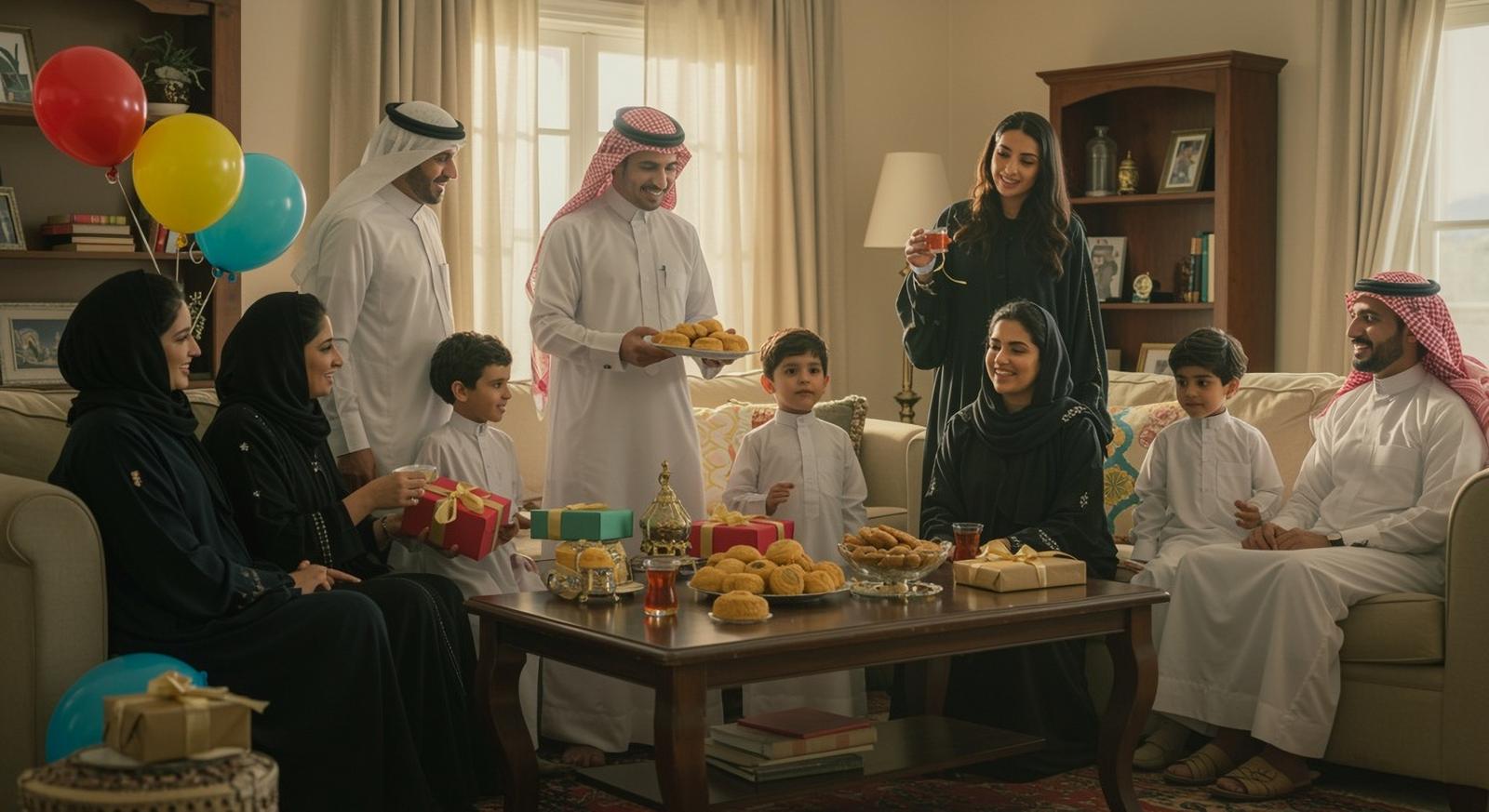

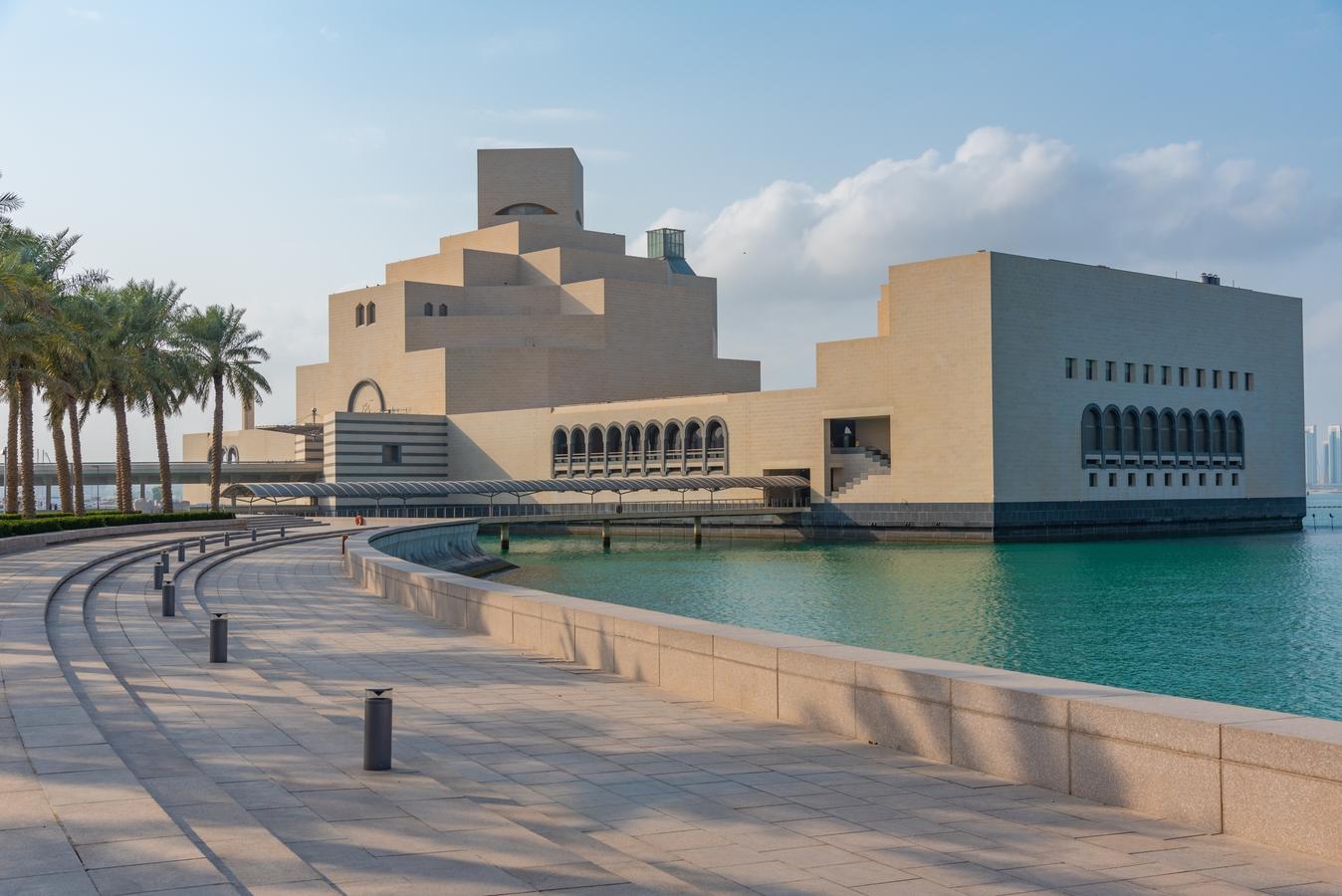
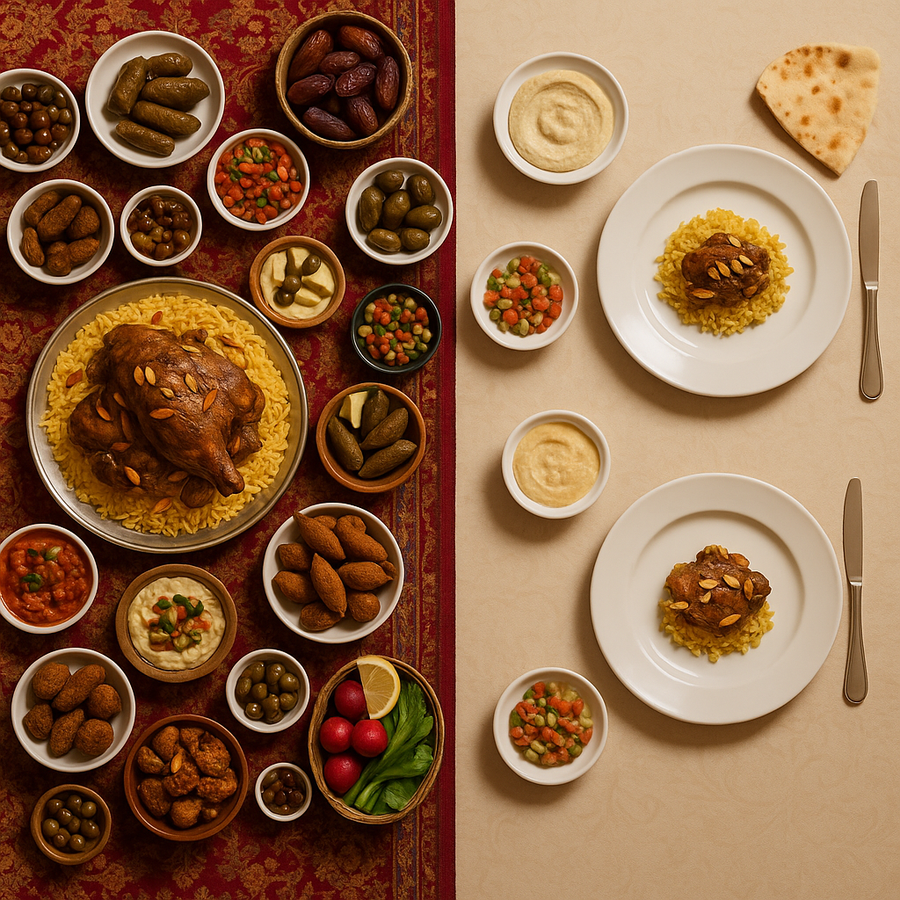
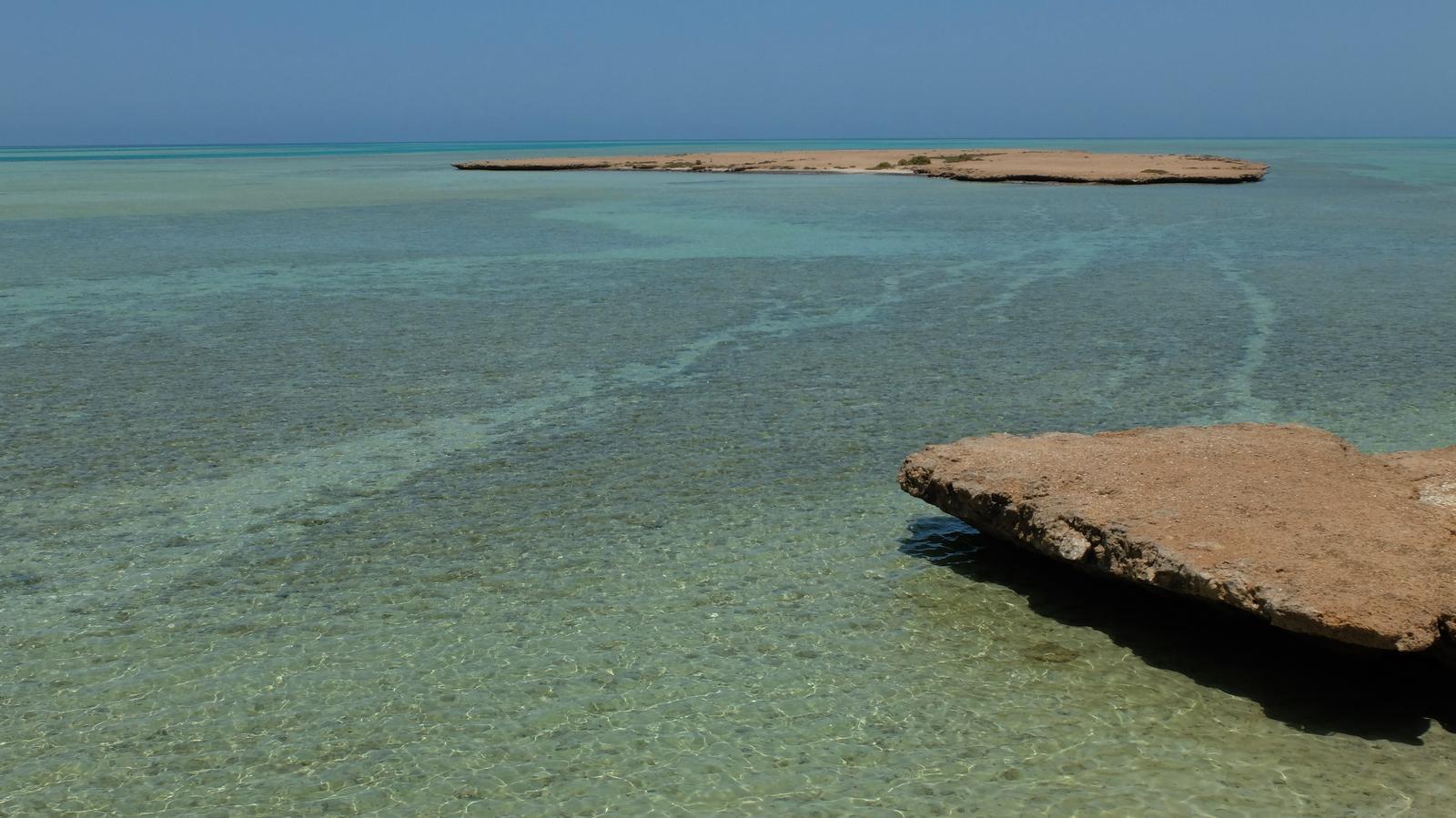
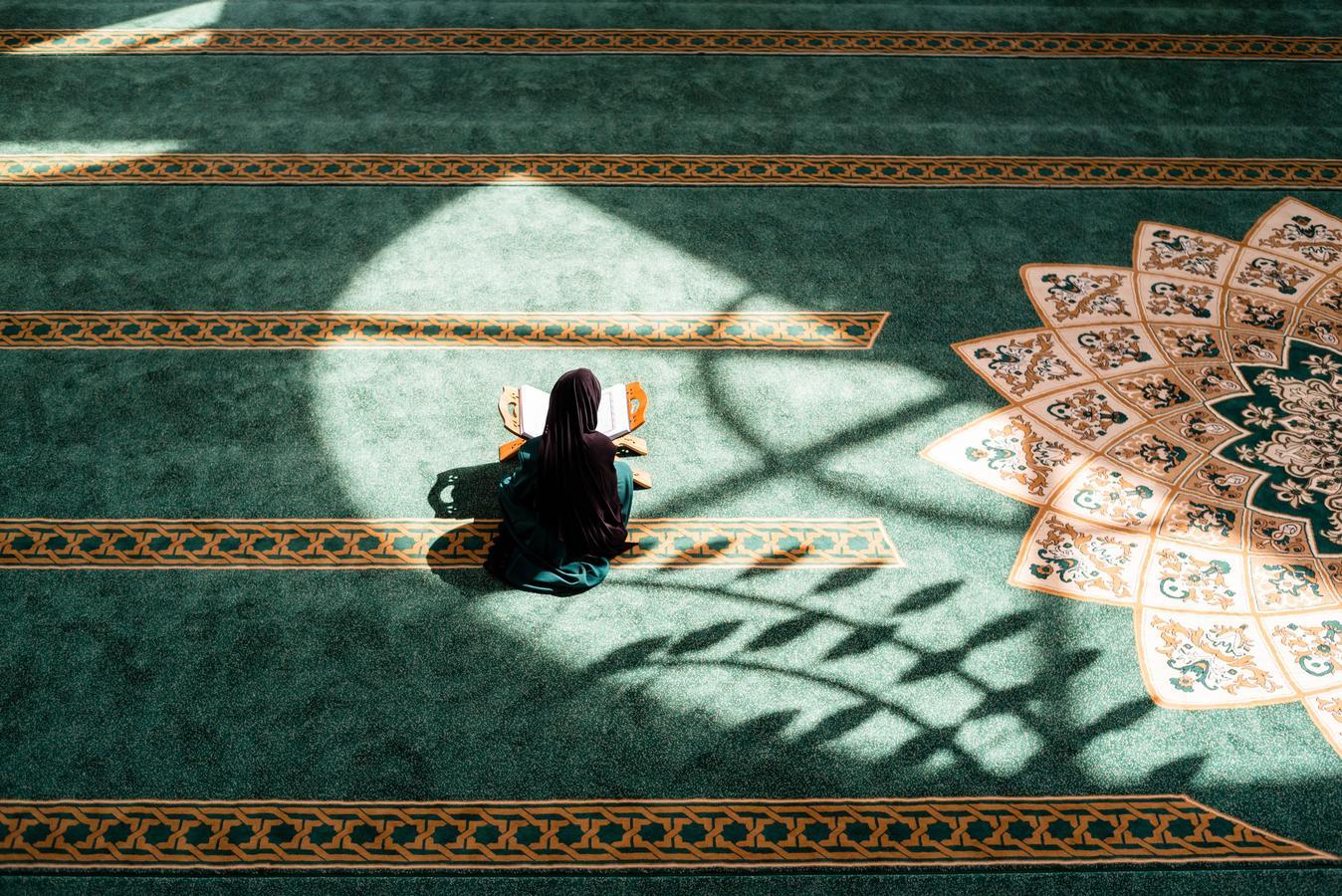
0 Comments
No comments yet. Be the first to comment!